Table of Content
Ever feel like Google’s search engine crawler skips your site like it’s not even there? Don’t worry—you’re not alone! Many websites have this issue, and it can hurt their rankings and traffic. Here’s the deal: Google uses something called a crawl budget to decide how many of your pages it visits and indexes. If Google doesn’t crawl or index your important pages, your site’s visibility takes a hit. That’s a big deal for your SEO.
But don’t panic! In this guide, I’ll show you how to use a budget crawler to fix these issues, increase crawl budget, and make Google focus on what really matters on your site. You’ll also learn must-know stats and optimize crawl budget like a pro. It’s time to take control of your crawl budget and give Google a reason to stay on your site. So, grab a coffee and let’s dive in.
What Is a Budget Crawler in SEO? And Why Should You Care?
To start, let’s understand the crawl budget in simple terms. Your crawl budget is like an allowance from Google. It is the number of pages a search engine crawler (Googlebot) can crawl on your site within a given time frame. This is influenced by two main factors:
- Crawl Rate Limit: How quickly and frequently Googlebot can crawl your site without overloading your servers. Faster servers and fewer errors increase this rate.
- Crawl Demand: The importance of your pages, which determines how often Google decides to crawl them.
Google considers these factors to decide how to use its budget crawler effectively. Pages like trending blog posts or product pages that are updated often and are popular with users are crawled more frequently by Google. On the other hand, older or less important pages are crawled less often.
Why should you care? Because if Google doesn’t crawl and index your important pages, they won’t show up in search results. And if that happens, your rankings, traffic, and even potential customers could take a nosedive. But don’t worry! In the next sections, I’ll show you how to increase crawl budget and ensure Google crawls what really matters. Let’s keep going!
How Does a Budget Crawler Work?
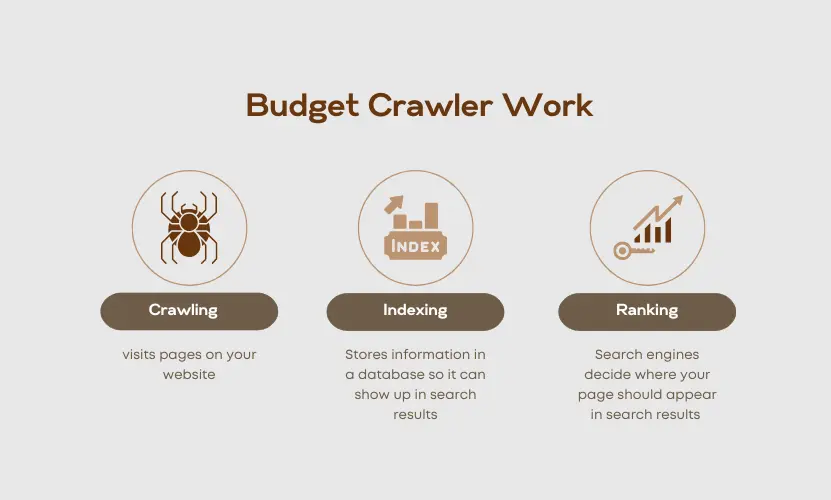
Let’s keep it simple. Search engine crawlers, like Googlebot, are little bots that work for search engines. Think of them as digital explorers, constantly roaming the internet to check out websites. They have three main jobs:
- Crawling
This is when the crawler visits pages on your site. It follows links to find new content or updates on old pages. It’s like a curious visitor, clicking every link to see what’s there. - Indexing
After crawling, the crawler stores the page’s information in a huge database. Why? So it’s ready to show up in search results when someone looks for it. Think of it as saving a page in a giant library for future use. - Ranking
Finally, search engines decide where your page should show up in search results. They look at things like how relevant and high-quality content you have. It’s like a popularity contest where the best pages win top spots.
In short, budget crawlers help search engines find, save, and rank your content. So, make sure your site is easy to explore, packed with valuable info, and ready to shine!
How to Know If Your Crawl Budget’s Being Wasted
Not sure if Google’s using your crawl budget wisely? Here are some clear signs that something’s not right:
- Your crawl stats look like a rollercoaster.
If the number of pages Google crawls goes up and down like crazy, it’s not a good sign. It means Google’s confused. And trust me, confused Google = bad SEO. - Google spends more time on 404 errors than your blogs.
Broken links are like dead ends for the budget crawler. They waste your crawl budget and leave important pages ignored. Fix those 404 errors fast! - Your sitemap is messier than your junk drawer.
If your sitemap isn’t organized, Google doesn’t know where to go or what’s important. A messy sitemap = wasted time and crawls. - Google crawls your ‘Terms and Conditions’ page more than your homepage.
When low-priority pages take over your crawl budget, your key pages get ignored. It’s time to fix your robots.txt file and optimize crawl budget to guide Google to the right content. - Your site’s slower than a snail stuck in traffic.
Google’s in a hurry. If your pages take forever to load, it’ll crawl fewer of them. Speed things up to keep Google happy and increase crawl budget.
If you’re seeing these issues, don’t worry! With a few fixes, you can guide the crawler to the right pages and make the most of your crawl budget.
How to Boost Budget Crawler Like an Expert
Want to boost your crawl budget like an expert? Let’s break it down into simple steps you can follow, even if you’re new to this!
STEP I: Check Your Website’s Budget Crawler
First, you need to see how Google’s crawling your site. Use Google Search Console to do this.
- Go to the Crawl Stats Report in the “Settings” section.
- This report shows how often Google visits your site, how many pages it crawls, and if it runs into errors.
If you see weird patterns—like too many crawls on low-priority pages or errors—you’ve got some cleaning up to do. Don’t worry, we’ll fix it and optimize the crawl budget.
STEP II: Estimate Your Budget Crawler
To get an idea of how Google is crawling your site:
- Check the Pages Crawled Per Day metric in the Crawl Stats report.
- Compare this number to how many pages your site has and how often you add new content.
For example, if Google crawls 200 pages a day and you add 50 new or updated pages weekly, Google should be able to keep up with your content. If not, you might need to optimize crawl budget to ensure Google focuses on your important pages.
STEP III: Analyzing Crawl Stats Reports
Next, dig into the Crawl Stats report to find and fix issues wasting your crawl budget.
- Look for Crawl Errors
- Check for problems like 404 errors, broken links, or server errors.
- Fix these issues ASAP—they’re like speed bumps for Googlebot and waste your budget crawler resources.
- Spot Under-Crawled Pages
- Are your key pages being ignored? This can happen if they load too slowly or aren’t linked properly.
- Make sure your important pages are easy to find with clear organic link building to optimize crawl budget.
- Check Server Response Times
- If your server is slow, Google’s search engine crawler can’t crawl as many pages.
- Improve your site speed to help Googlebot work more efficiently and increase crawl budget use.
By following these steps, you’ll make it easier for Google to crawl and index your site’s most valuable pages. Not only will this save your crawl budget, but it’ll also boost your rankings and visibility.
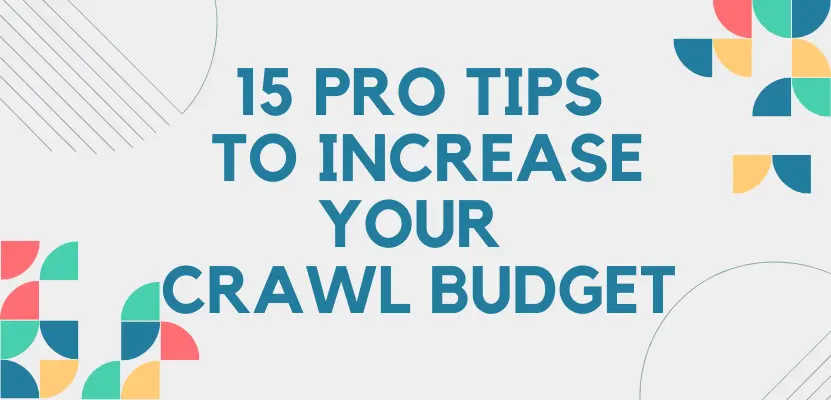
STEP IV: Pro Tips to Increase Crawl Budget Like a Pro
Here are some super simple and detailed breakdown of tips to increase crawl budget and help Google focus on your best pages and boost your SEO with top strategies.
1. Speed Up Your Site
- Upgrade your hosting so your site can handle more visitors.
- Use a CDN (Content Delivery Network) to make your site load faster and support a smoother search engine crawler process.
2. Keep URLs Short and Sweet
- Create short, easy-to-read URLs.
- Avoid weird symbols or overly long links to make navigation easier for the budget crawler.
3. Compress Images
- Make your images smaller by compressing them.
- Use modern formats like WebP to save space and speed up loading, which can help optimize crawl budget.
4. Reduce Redirects
- Don’t overuse redirects—they waste your crawl budget.
- Use direct links whenever you can.
5. Fix Broken Links
- Broken links (like 404s) are a dead end for crawlers.
- Use Google Search Console to find and fix them fast and ensure your budget crawler focuses on important pages.
6. Make Navigation Simple
- Use clear menus and organize your site logically.
- Add breadcrumbs to help visitors and the search engine crawler navigate your site easily.
7. Link Your Pages Together
- Use internal links to connect your most important pages.
- This makes it easier for the budget crawler to find and prioritize them, helping to increase crawl budget efficiency.
8. Keep Your Sitemap Up-to-Date
- Submit an XML sitemap with only your best pages.
- Update it whenever you add or delete content to optimize crawl budget.
9. Add Structured Data
- Use schema markup to explain your content to Google.
- This helps budget crawlers understand your site better.
10. Manage Duplicate Pages
- If you have similar pages, use canonical tags to tell Google which one to focus on.
11. Post Fresh Content Regularly
- Update your blog or site often to show Google you’re active.
- Fresh content encourages the search engine crawler to visit more frequently.
12. Submit Pages to Google
- Use the URL Inspection Tool in Google Search Console to request crawls for new or updated pages.
13. Block Unimportant Pages
- Block irrelevant areas like old pages, duplicate content, or random admin links.
14. Avoid Crawl Budget Waste
- Use robots.txt to block low-priority pages completely. It’s like putting up a “Do Not Enter” sign for crawlers.
- Add noindex tags to tell Google, “Hey, you can crawl this page, but don’t add it to the search results.”
15. Go Mobile-Friendly
- Make sure your site works perfectly on phones.
- Google’s search engine crawler prioritizes mobile-friendly sites, which helps increase crawl budget use.
By keeping your site fast, clean, and organized, you’ll make it easier for Google to crawl your important pages. Plus, it’ll boost your SEO and help more people find your site!
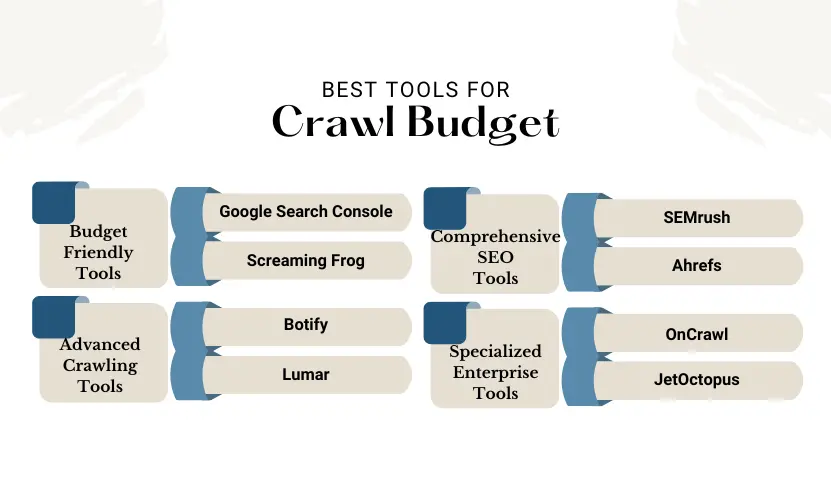
Best SEO Tools to Optimize Budget Crawler
To effectively manage and optimize crawl budget in SEO, here’s a list of best SEO tools categorized by their expertise and ease of use.
Beginner Friendly Tools
When it comes to managing and optimizing your crawl budget effectively, a variety of tools are available to suit different levels of expertise and needs.
Google Search Console
Google Search Console is a go-to tool that provides crawl stats reports, error detection, and URL inspection features. It helps monitor Googlebot activity, detect issues like 404 errors, and request crawling for new pages. For beginners, Google Search Console is an excellent choice as it’s completely free.
Screaming Frog
Screaming Frog, which specializes in detecting broken links, redirect chains, and duplicate content. It also allows you to identify technical SEO issues and export crawl data for analysis.
Another beginner-friendly tool, Screaming Frog, offers a free version with limited functionality, while its premium version starts at $259 per year.
Advanced Crawling Tools
For more advanced crawling needs, tools like Botify and Lumar come into play.
Botify
Botify focuses on page prioritization and navigation, enabling you to direct crawlers toward high-value pages while identifying bot navigation inefficiencies. Botify provides flexible pricing plans designed to fit your business needs.
Lumar
Lumar, excels in site structure analysis and error identification, helping optimize your site’s hierarchy and addressing issues like slow pages or blocked sections. Lumar offers pricing plans, depending on your site size and specific needs.
Comprehensive SEO Suits
Comprehensive SEO suites like SEMrush and Ahrefs provide broader functionality for those looking for an all-in-one solution.
SEMrush
SEMrush is particularly effective for backlink tracking, technical SEO insights, and detecting barriers like duplicate content and slow-loading pages. SEMrush offers plans starting at $139.95 per month.
Ahrefs
Ahrefs provides backlink analysis and page performance monitoring to identify high-performing pages and ensure they are optimized for crawlers. Ahrefs begins at $129 per month.
Specialized Tools for Enterprise Sites
For enterprise-level websites, specialized tools like OnCrawl and JetOctopus deliver tailored solutions.
OnCrawl
OnCrawl tracks crawl budget allocation and identifies problems like duplicate content, ensuring optimal bot resource usage. The cost of OnCrawl depends on a company’s needs. scaling with larger site requirements.
JetOctopus
JetOctopus provides actionable reports for spotting inefficiencies such as redirect chains and optimizing slow-loading pages. JetOctopus offers pricing starting at $276 per month, depending on the scale of your project.
These tools, ranging from beginner-friendly to enterprise-specific, cater to diverse needs, ensuring that you can monitor, analyze, and optimize your crawl budget effectively for improved SEO performance.
Common Myths About Budget Crawler – Debunked
There are some common misunderstandings about crawl budget in SEO that can lead to mistakes. Let’s clear them up:
Myth 1: Small websites don’t need to worry about crawl budget.
- Truth: Even small websites can benefit from crawl budget optimization. As your site grows, having an efficient crawl setup ensures search engines can easily access all your important pages.
Myth 2: Submitting a sitemap is all you need.
- Truth: A sitemap is useful because it guides search engines to your pages, but it won’t fix deeper problems like server errors or blocked pages. You need to make sure your website is technically sound too.
Myth 3: More pages mean better SEO.
- Truth: Having more pages doesn’t always improve your SEO. Search engines value quality over quantity, so focus on creating valuable and relevant content rather than just adding more pages.
Myth 4: You can buy a bigger crawl budget.
- Truth: Nope, you can’t bribe Google for more crawling time. Crawl budget efficiency depends on your site’s speed, quality, and importance. The only way to improve it is by optimizing your site.
Myth 5: Fast sites don’t need budget crawler optimization.
- Truth: Speed helps, but it’s not the whole story. Even fast sites can waste their crawl budget if they have broken links, duplicate content, or poor navigation.
By understanding what’s true and what’s not, you can focus on what really matters: making your site easy for Google to crawl and index. Don’t let these myths trip you up!
Conclusion
Start applying these strategies, leverage tools, and monitor your crawl stats regularly to make the most of your budget crawler and stay ahead in SEO. Whether your site is big or small, proactive optimization ensures long-term success. Focus on quality, fix issues, and let search engines work smarter for your website!
At Rankonix, we believe optimizing your crawl budget is key to better SEO results. Boost your site’s performance with our expert resources and personalized top SEO strategies. Contact us today to enhance your crawl efficiency and maximize visibility.
FAQs
Q. What is the ideal budget crawler for my site?
There’s no fixed number. Crawl budget depends on your site’s size, update frequency, and server performance. Small sites (under a few thousand pages) rarely need to worry, but larger sites should focus on ensuring critical pages are crawled efficiently.
Q: How often should I check my crawl stats?
It depends! If you’re serious about SEO, check them weekly to catch issues early. If you’re more laid-back, monthly is fine. Just don’t ignore them entirely—they’re your crawl budget’s health report!
Q: Does updating my content help with crawling?
You bet! Fresh content is like a dinner bell for Google’s budget crawler—it keeps coming back for more. Regular updates tell Google your site’s active and worth crawling.
Q: Can I ask Google for a bigger budget crawler?
Spoiler alert: Nope. Google decides how much of your site to crawl based on its importance, speed, and overall health. But don’t stress—you can still optimize what you’ve got to make your crawler work smarter, not harder.
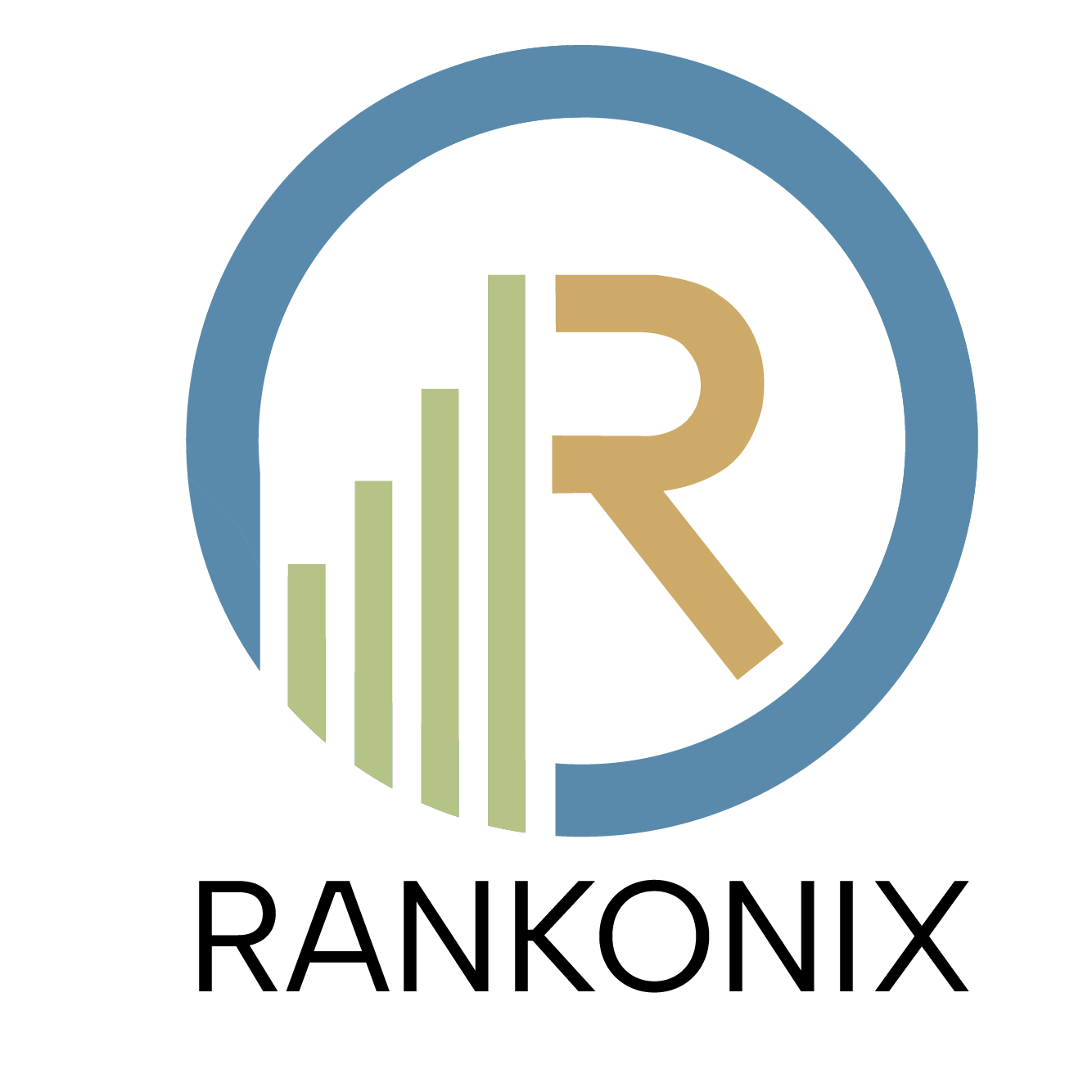
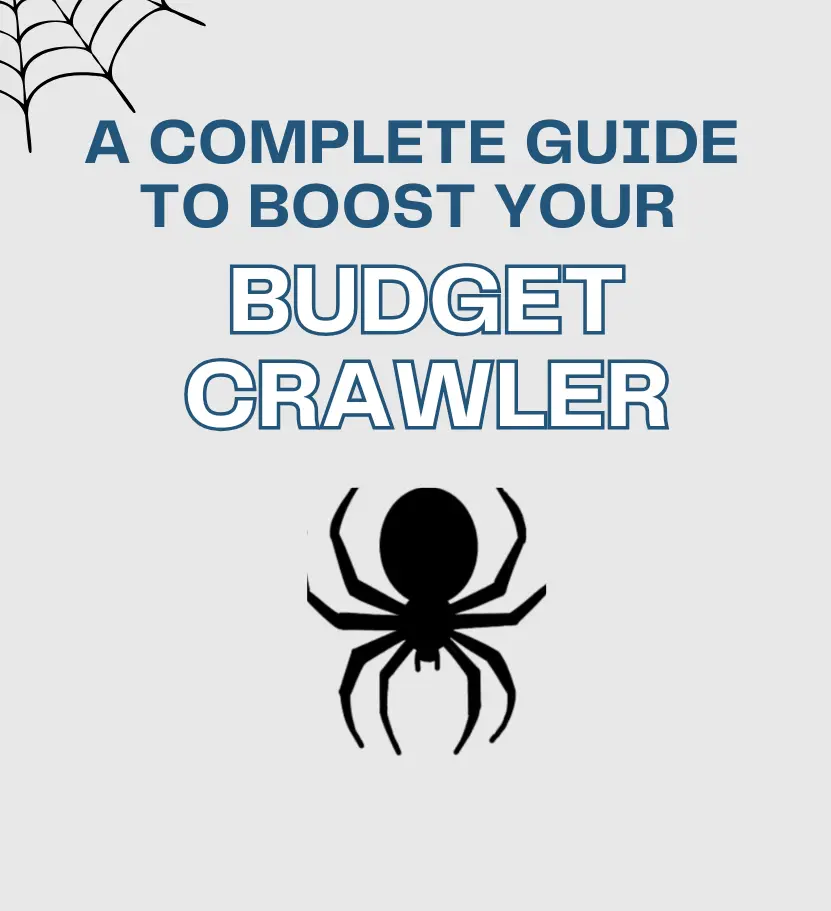
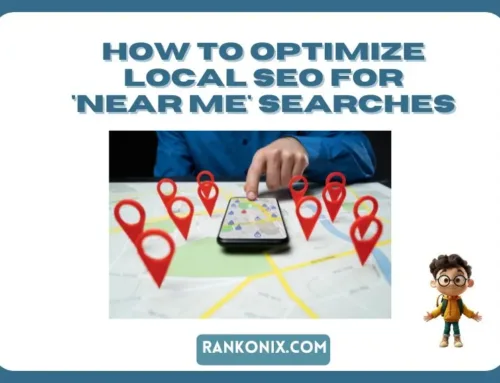

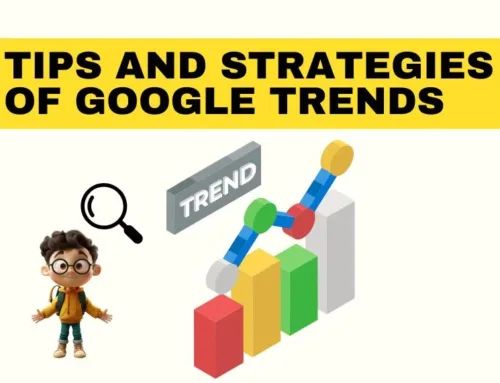


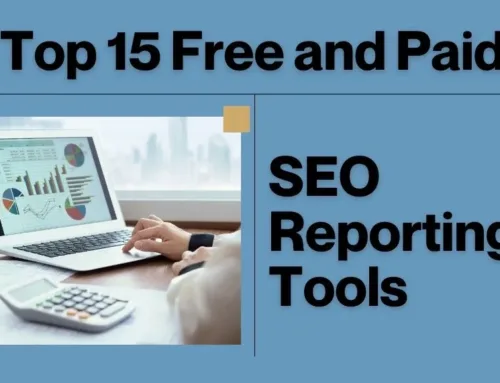
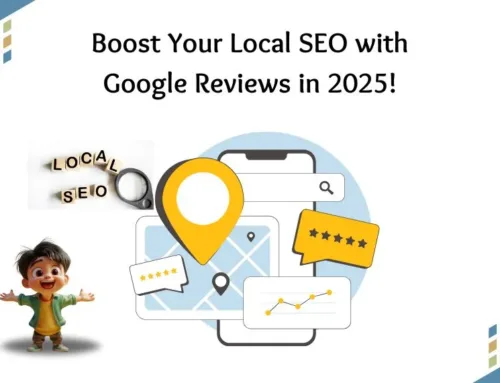

Leave A Comment